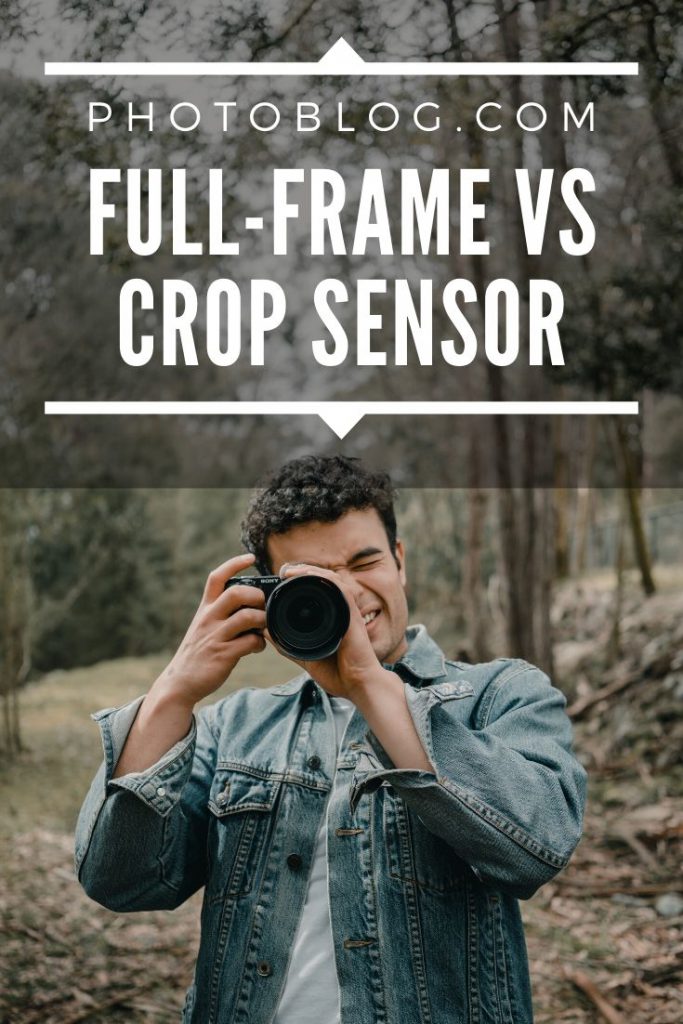Have you ever wondered which is better; full-frame or crop sensor cameras? Full-frame vs crop sensor is a common debate.
There’s quite a bit of (mis)information out there; full-frame being ‘better’, for one.
Having used nearly every system (full-frame and crop) out there, I’ve come to realize that both have plenty to offer.
So if full-frame vs crop is a question affecting your first camera purchase, let’s have a look at the advantages and disadvantages of each sensor size.
What Is a Camera Sensor?

A camera’s sensor is the digital equivalent of film. It consists of millions of photosites which register and record incoming light.
This is where the megapixel (MP) count of your camera comes from. A 24 MP sensor has 24,000,000 individual photosites or pixels; the more photosites available, the higher the resolution of the photograph.
If your camera is mirrorless, the sensor also acts as the autofocus unit that feeds the electronic viewfinder (EVF).
This is one reason why the battery life of mirrorless cameras is low compared to DSLRs. With no separate phase-detection system or optical viewfinder (plus a smaller, mirrorless body), the sensor has to do a lot more work.
Related Article: Best mirrorless cameras for beginners

Sensors come in several sizes:
- 7.01 x 5.79mm sensor: The iPhone X has a sensor of this size. While tiny compared to interchangeable lens cameras, this is actually respectable for a smartphone camera;
- 1-inch sensor: The Nikon J1 and Sony RX-100 line have a sensor size of 13.20 x 8.80mm;

- Micro 4/3rds sensor: This is actually 17.30 x 13.00mm;
- APS-C sensor: This is usually 23.60 x 15.70mm (depending on brand); and
- Full-frame sensor: This is usually 35.00 x 24.00mm (depending on brand).
But sensor sizes don’t stop there. Medium format cameras, such as the Fujifilm GFX line, have 44.00 x 33.00mm sensors.
However, in this article, we’ll be focusing on the differences between full-frame and crop interchangeable lens formats, like APS-C and Micro 4/3rds.
The Meaning of Full-Frame and Crop
Why do we use the terms full-frame vs crop?
Well, full-frame harks back to the days of film. Specifically, 35mm film photography, which–funnily enough–is also a crop format. It is crop because above that you have medium and large format cameras.
When digital sensors came out, the term full-frame helped distinguish the sensors from APS-C, which are considered a crop format.
Full-frame sensors were not the largest digital sensors at the time; the term helped film photographers transitioning to digital understand that equivalency in field of view and depth of field wouldn’t be a factor with a full-frame sensor.
Advantages of Full-Frame
There are a number of advantages to full-frame sensors, including:
- More Megapixels;
- A better dynamic range;
- Better light detection;
- Low light performance; and
- Beautiful bokeh.
So let’s take a look at the key advantages of full-frame sensors in the full-frame vs crop debate.
Do More Megapixels Matter?
Higher resolution does not necessarily lead to better quality photos.
How many megapixels you need is entirely dependent on you. In fact, there are even disadvantages to a higher resolution sensor.
When it comes to full-frame vs crop, full-frame cameras tend to have the highest resolutions, like the upcoming Sony A7IV (61 MP).
More resolution gives you more room to crop a shot without visibly losing image quality. This is useful if you view images on large, high-resolution screens.
High-resolution images also mean more detail if you want to produce large prints.
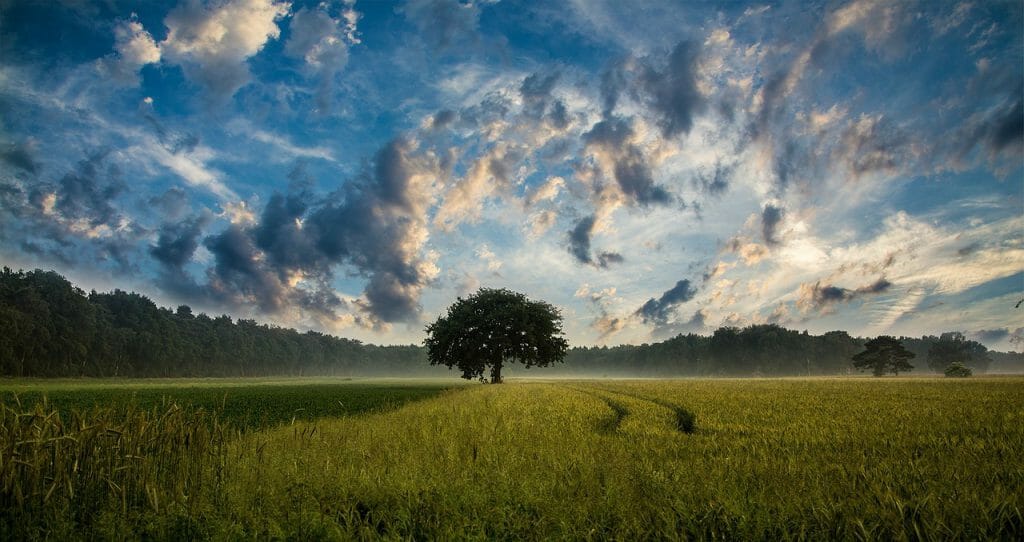
But if you’re sharing most of your images on social media only, a high-resolution camera will not be necessary.
A 12 MP resolution would be more than enough to view on a screen, plus significantly fewer pixels are needed for smartphone viewing.
You don’t look at a photo in a magazine from nose distance. So why would you blow up computer files to check for grain and noise if you aren’t making gallery prints?
You need fewer megapixels than you think you do. High-resolution photos also have massive file sizes, that suck up processing power and hard drive space.
Better Dynamic Range
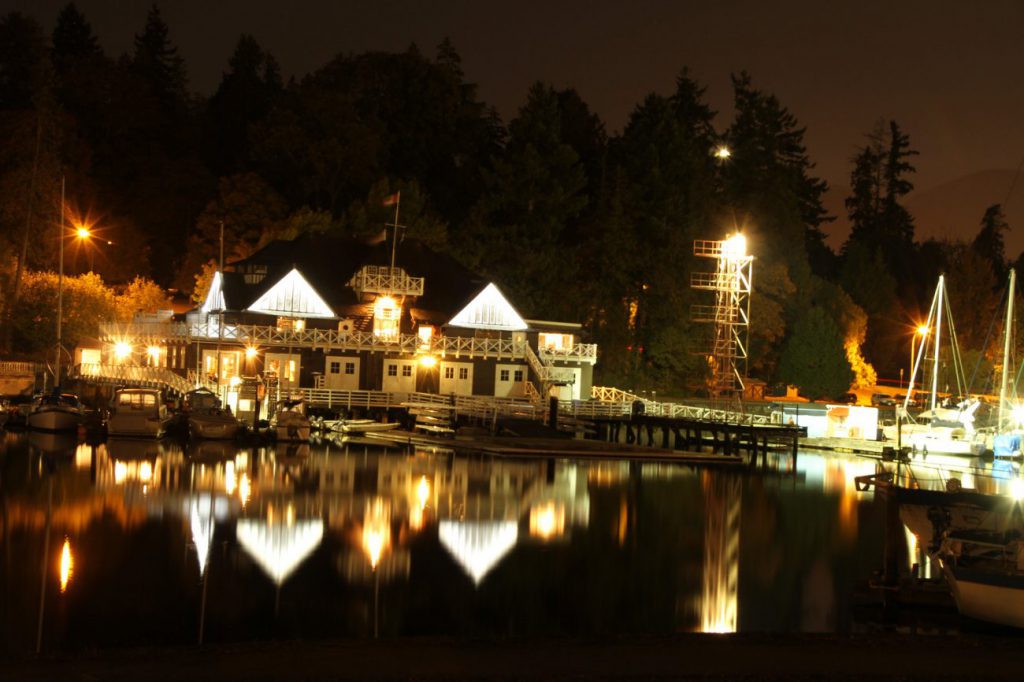
The current standard for both full-frame and crop is 24 MP, which also has a secondary benefit: improved dynamic range.
Dynamic range refers to the range of light and dark tones the camera sensor is capable of rendering. The more refined the gradation, the higher the dynamic range the camera has.
Dynamic range is less about the size of the sensor and more about the photosite quality (in terms of sensitivity and size).
Full-frame sensors do usually have better dynamic range than crop cameras. This is because a 24 MP full-frame sensor has larger individual photosites compared to a 24 MP crop sensor.
Better Light Detection
Another benefit of a full-frame sensor is that the larger photosites are also more efficient at detecting light.
Not only does the total light gathering area of the sensor increase with sensor size, but so do the individual pixels; making full-frame the best choice if you intend to shoot regularly in low light.
This means you’ll see a slight reduction in dynamic range and low-light noise performance if you’re using a high-resolution, full-frame sensor, but not as much as you might think.
Technology like back-illuminated sensor (BSI), found in many full-frame (and a few crop sensor) cameras, helps negate the disadvantage of crowding pixels onto the sensor.
Does Full-Frame Equal Better Low Light Performance?
This is a common question with a complex answer: yes and no.
The larger sensor does mean a larger light gathering area, which can translate into better exposure and autofocus performance.
But pixel size also plays a role in low-light performance, as does aperture, which is dependent on your lens, not your camera.
Shutter speed selection, lens vibration reduction, sensor stabilization systems (which tend to be more efficient on smaller sensors), and tripods also help narrow the gap, depending on what you’re shooting.
As a rule, though, you will get a cleaner image using a lower ISO with a full-frame camera.
Full-Frame Equals Beautiful Bokeh
Larger sensors also create a shallower depth of field for a given aperture and focal length.
For example, if you’re using a 35mm f1.4 lens on a full-frame body like the Nikon D800, you’ll get a depth of field of approximately 0.16m from a subject distance of 1.5m.
If you use that same 35mm f1.4 lens on an APS-C body, like the Fujifilm X-Pro 2, you’ll get the full-frame lens equivalent of a 50mm f2 in terms of depth of field and field of view.
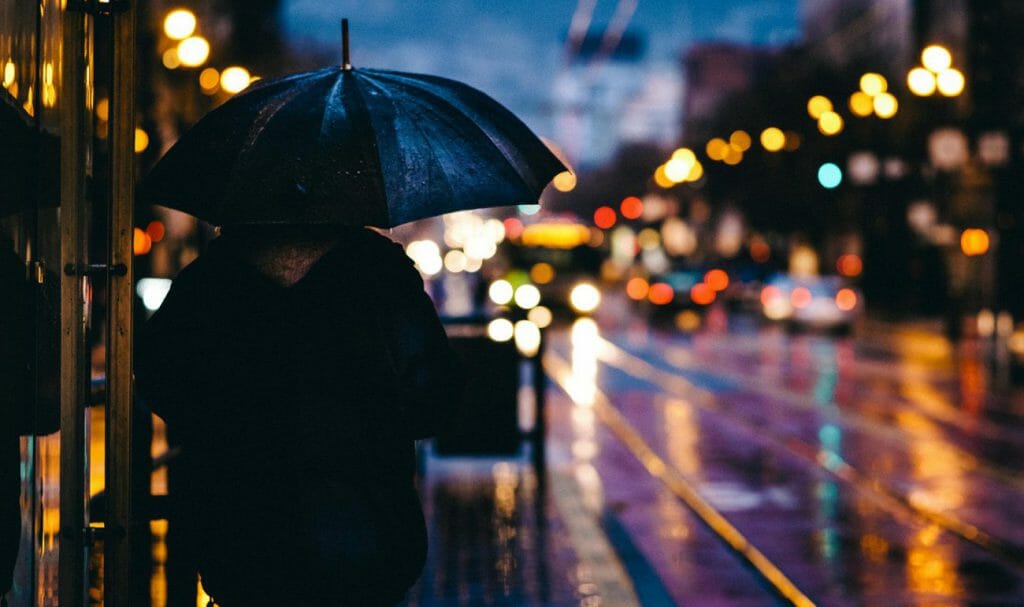
In short: a smaller sensor means you have to use faster lenses (wider apertures) to get the same shallow depth of field. As a very rough rule of thumb, you move back a stop of aperture in terms of the depth of field appearance per step from full-frame (APS-C, Micro 4/3rds, 1-inch).
If you’re a portrait photographer who wants the best bokeh for his buck, the best option for you would be a full-frame sensor.
Full-Frame Cameras Look Professional
And lastly, there’s the marketing hype surrounding the term ‘full-frame’. Crop seems to suggest ‘inferior’ to full sensor size; despite the fact that that full-frame is actually a crop format.
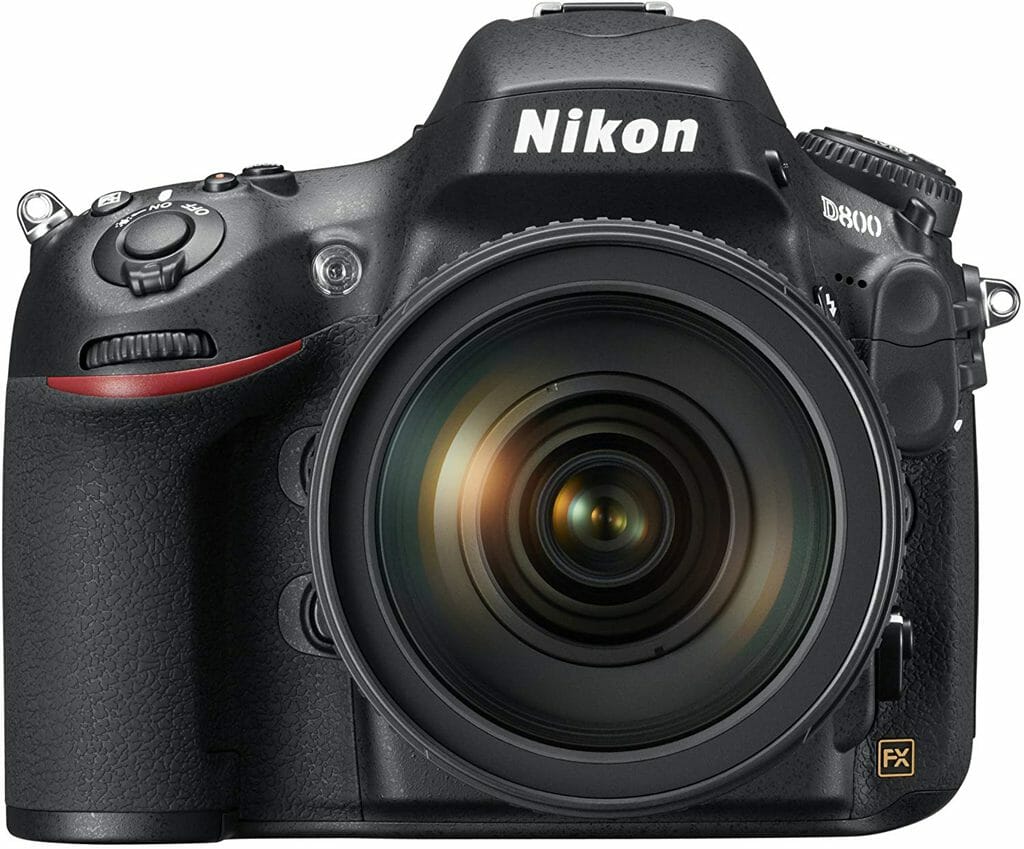
Many businesses and customers want ‘the full-frame look’, which means various things depending on who is using the term. A full-frame camera typically has a larger body and lenses compared to crop formats, which looks the part if you’re a professional photographer.
Advantages of a Crop Sensor
Unfortunately, full-frame vs crop conversations usually result in vicious online debates swirling around image quality. However, as we’ve seen above, that’s only partially true.
Crop sensor cameras have quite a bit to offer and are even better, in some circumstances, than full-frame cameras. Advantages include:
- Crop factor reach;
- Compatible with vintage lenses;
- More affordable;
- Lightweight; and
- Faster processing speeds.
So let’s take a closer look at the advantages of crop sensor cameras.
Crop Factor Reach Advantage
Crop factor is a somewhat dated term from the film to digital transition days.
So many photographers were used to the 35mm format, that the cropped field of view was a bit of a pain. Therefore, we use crop factor to ‘convert’ the field of view a lens creates into 35mm viewing standards. 35mm lenses on an APS-C body create approximately a 50mm effective field of view.
Therefore, full-frame cameras have a crop factor of 1.0x compared to 35mm film. APS-C usually has a crop factor of 1.5x or 1.6x (Canon), and Micro 4/3rds has a 2.0x crop factor.
Cropped fields of view have one advantage in that you can get more reach compared to full-frame cameras. Micro 4/3rds is one of the most popular formats for wildlife photography for this reason; a 300mm lens has a 600mm field of view thanks to the 2.0x crop factor.
Vintage Lens Compatibility
If you like manual vintage film lenses, a crop sensor is definitely the way to go.
Using vintage film lenses on crop bodies means you get sharper images thanks to the quality of lens glass and lack of shallow depth of field.
This lack of a shallow depth of field can be an advantage in certain photographic genres. For example, small sensor cameras like the Ricoh GR III and Olympus OM-D EM-10 Mark III, are a favorite among street photographers, due to more depth of field relative to full-frame for a given aperture.
This means I can use an f2.8 aperture while getting f4 or f5.6 depth of field; meaning I have equivalent light exposure but more of my scene is in focus.
Manual or zone focusing at f2.8 with a full-frame body in street or travel photography means a shallower depth of field, which may result in your subject being out of focus.
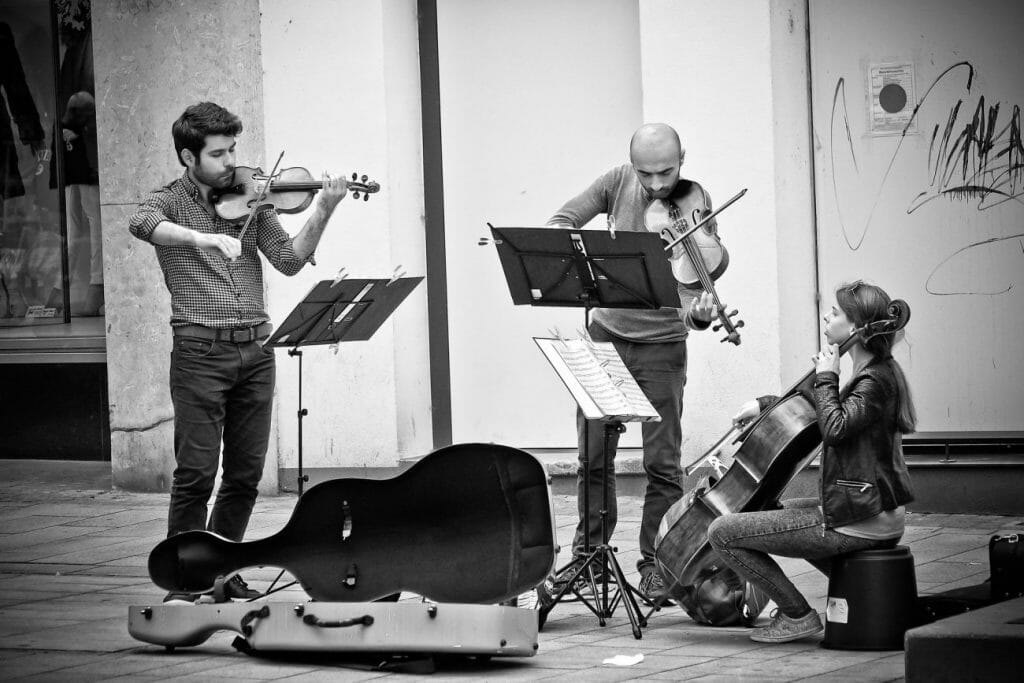
Crop Sensor Cameras Are More Affordable
On release, full-frame cameras regularly hit or exceed the $1,999 mark, with few crop bodies, save oddities like the Olympus OM-D E-M1X, breaking that mark.
Crop bodies, however, tend to fall off significantly more in price with each generation.
Lens prices are also cheaper in crop sensor format.
For example, a high-end 35mm prime for the Sony FE (full-frame) ecosystem like the Sony Distagon T* FE 35mm f1.4 ZA Lens is double the price of the equivalent crop sensor high-end prime, like the Fujifilm XF 23mm f1.4. The crop sensor lens half the weight as well as half the price too.
Micro 4/3rds (MFT) sensors, however, buck this trend. The closest non-third-party equivalent to the above lenses would be the Olympus M.Zuiko Digital ED 17mm f1.2 PRO Lens, weighing in at 390g.
Physics means you’ll only be able to make lenses so small for a given aperture. MFT would be a more popular system if higher-end lenses were half the price of full-frame. MFT lenses are cheaper but not as cheap as crop sensor lenses.
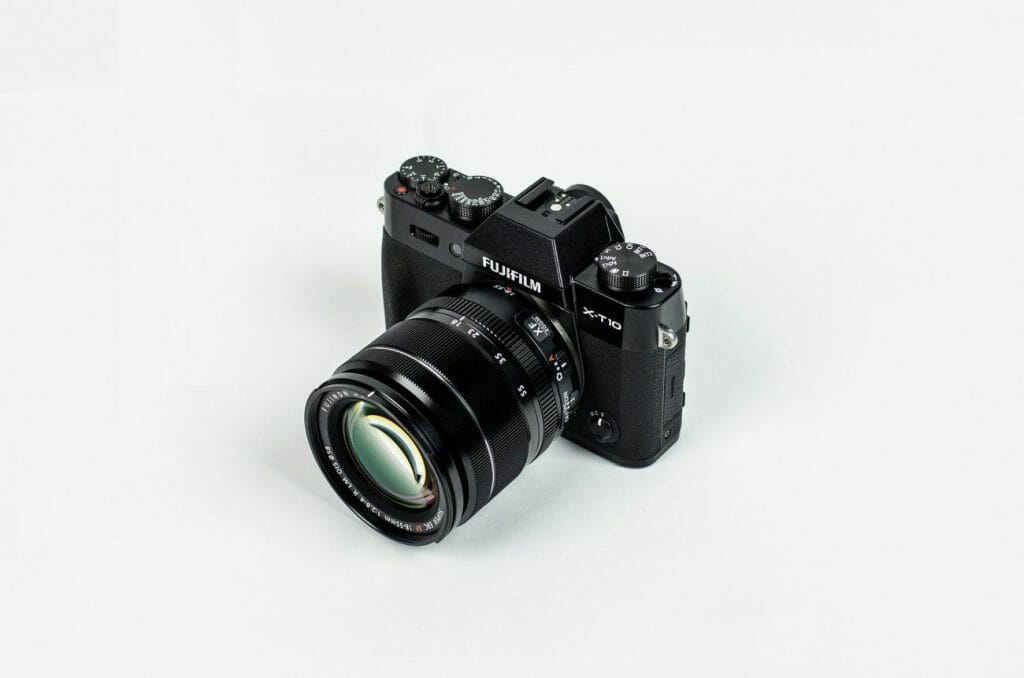
Crop Sensor Cameras Weigh Less
It’s true that crop sensor bodies weigh less than full-frame, but it’s less true than it once was.
Full-frame bodies like the Sony Alpha line have settled at around 650g, but other chunky, full-frame cameras like the LUMIX S1, clock in at just over 1kg.
Even a relatively hefty APS-C mirrorless crop sensor camera like the Fujifilm X-H1 weighs in at 673g. The high-end APS-C Sony Alpha a6600 is a light 503g.
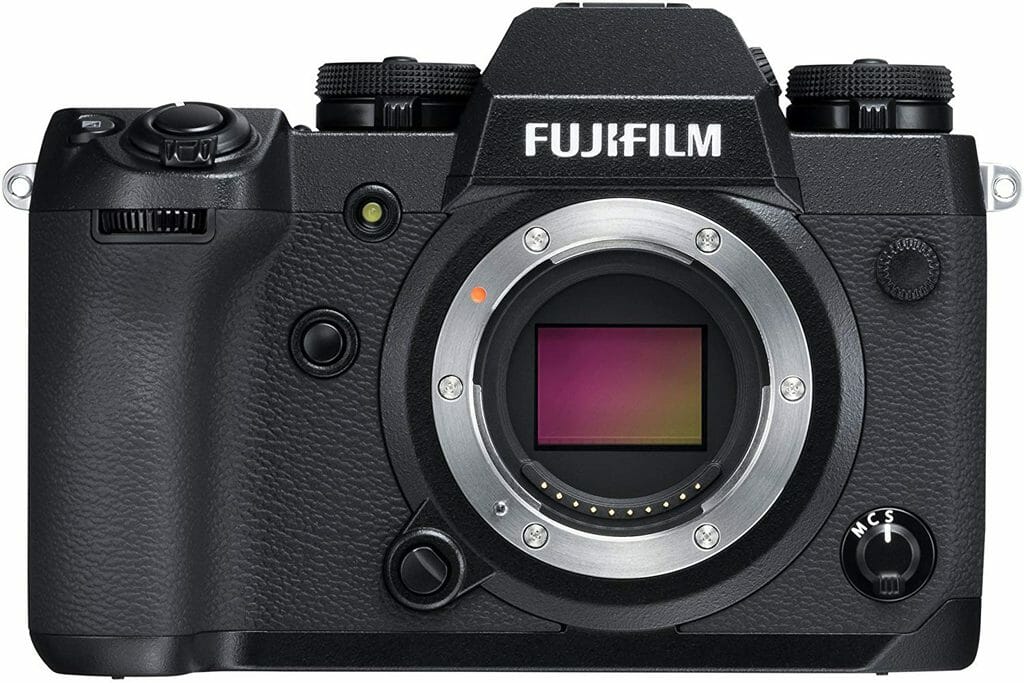
And the upcoming Micro 4/3rds Olympus OM-D E-M5 Mark III is a petite 414g, despite full weather sealing and In-Body Image Stabilization (IBIS). Smaller sensors really do have advantages in terms of weight.
Crop sensor lenses also tend to be lighter. Micro 4/3rds recaptures some of its appeal in the weight department here, with pro f2.8 standard zooms like the Olympus M.Zuiko Digital ED 12-40mm f2.8 PRO Lens weighing in at a trim 382g. Compare this to the APS-C FUJIFILM XF 16-55mm f2.8 R LM WR Lens (655g) and full-frame Sony FE 24-70mm f2.8 GM Lens (886g), and you can see crop sensor cameras will not weigh you down.
Faster Processing Speeds
And lastly, there is one other prime advantage to crop sensor cameras; faster readout speeds. Or rather, faster readout speeds for less processing power.
Smaller sensors like the Panasonic LUMIX G9 or Fujifilm X-T3 can hit 20 fps for relatively reasonable prices.
If you want the same speed in a full-frame package, you’re looking at the very expensive Sony Alpha A9, with the rest of the Alpha series clocking in at half that speed.
Frequently Asked Questions about Full-Frame vs Crop Sensor
Let’s take a look at some FAQs when it comes to full-frame vs crop.
1. As a Beginner, Should I Buy a Full-Frame or Crop?
Sensor size is pretty irrelevant for a beginner photographer.
You’ll want a body that you take out and use regularly. The best way to determine this is to go to the store and start handling different bodies and models.
See which menu systems and button layouts seem to be the most intuitive; which color profiles you enjoy; which camera fits your needs in terms of weight, price, and so on. From there decide which system you’re most likely to invest in.
Of course, giving a beginner a full-frame camera isn’t going to result in better pictures compared to a crop camera. You need to spend time learning how the Exposure Triangle, composition, and color theory work before your images will stand out.
2. Is Full-Frame Better Than Crop?
In a word, no.
Full-frame has advantages over a crop sensor if maximum image quality (low-light performance, shallow depth of field, bokeh generation, dynamic range) is your main consideration.
However, if size, weight, price, reach, lens ecosystem, and handling are factors for you, then the answer is crop.
It ultimately depends on what you value as a photographer.
3. Does a Full-Frame Camera Make a Difference?
Absolutely, depending on the genre of photography you shoot.
Portrait, event, and wedding photographers love full-frame bodies for great low-light performance and shallow depth of field.
Landscape photographers also often use full-frame bodies like the Sony A7RII due to the higher resolution sensors. Although, this is less true than it once was, thanks to Pixel Shift modes in crop bodies like Panasonic and Olympus Micro 4/3rds, which give you 80 MP images; perfect for landscape photography.
4. Can I Still Take Stunning Photos on a Crop Sensor Camera?
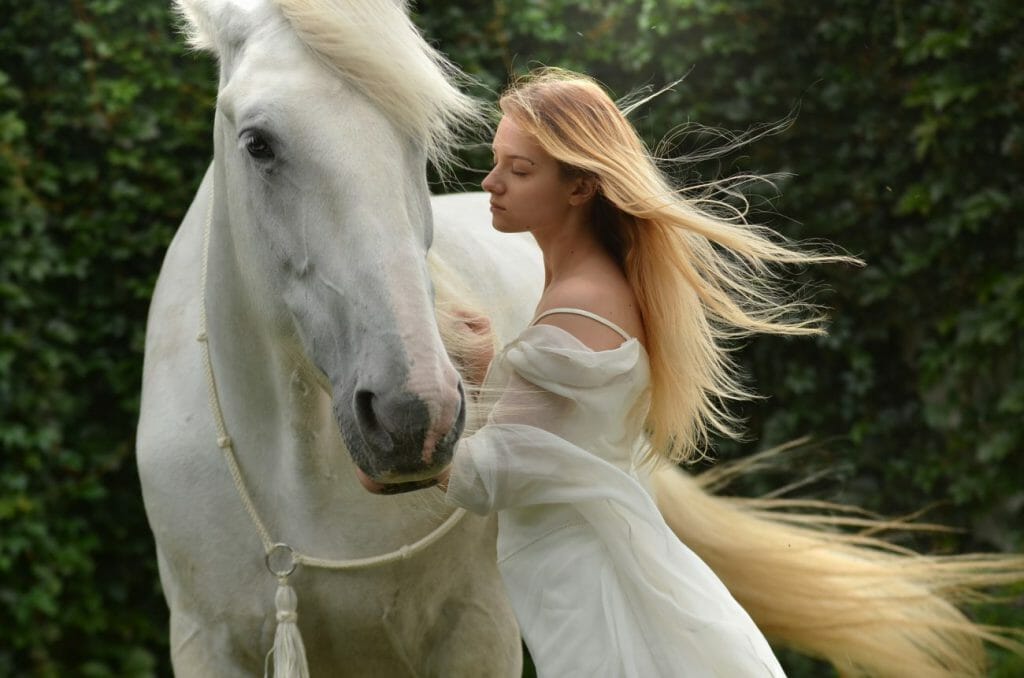
You can take stunning photos with a smartphone.
Sensor size is one aspect of crafting your vision, but it’s an incredibly small factor compared to all of the other elements at play.
Lenses, available light, composition, and subject matter have far more impact than sensor size.
5. Can I Use Full-Frame Lenses on a Crop Sensor Camera?
Absolutely, as long as the lens mount is compatible.
Systems like Sony and Canon are cross-compatible between their crop and full-frame line-up. Others, like Panasonic and Nikon, use different mounts between crop and full-frame.
Regardless of how you do it, mounting a full-frame lens onto a crop body means the image circle will cover the sensor.
An interesting trick that modern manufacturers like Metabones and Viltrox have come up with, is to use Speed Boosters to adapt full-frame lenses to work with crop bodies. This not only reduces/negates the crop factor of the crop body but it also increases your light acquisition by 1 stop of aperture.
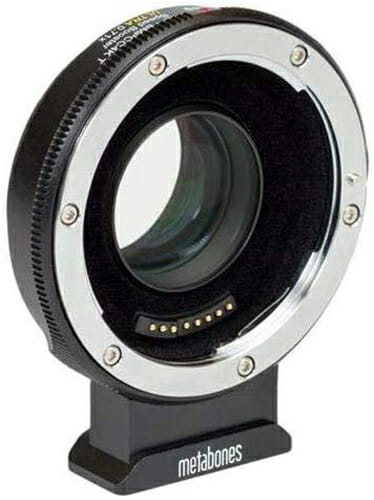
There is so much inexpensive used/new high-quality Canon and Nikon full-frame glass on the market, the ability to use these on an APS-C or Micro 4/3rds body is amazing. Many even offer full autofocus compatibility.

The reverse is more complicated. This is because a crop sensor lens creates a smaller image circle for a crop sensor to read.
Placing a crop sensor lens on a full-frame sensor will create a photo with a severe vignette around the edges. Many full-frame bodies do have an APS-C crop mode to combat this, however, it does rob your camera of half its native resolution.
Where Do I Go from Here?
Hopefully, we’ve helped you narrow down whether a full-frame or crop sensor is right for you.
Each format has its advantages and disadvantages; neither one is better than the other, depending on what you shoot.
Now that you understand how they compare, I hope you’ll get out and start shooting soon. Which do you prefer? Let us know in the comments below which option you bought and why.

Now that you’ve finished this article, you’re a better photographer.
Guaranteed.
But the fact is, the journey doesn’t stop there. There are more tips, tricks, and secrets–all of which will help you take gorgeous photos.
And if you want to learn all of these secrets, I recommend you sign up for the PhotoBlog newsletter. We send our subscribers all sorts of great stuff–including the tips, tricks, and secrets, straight from the experts. All to help you capture world-class photographs.
Did I mention that it’s all totally FREE?
(Oh, and we’ll send you a natural lighting cheat sheet–designed to help you use light in ways you’ve never considered.)
So to start taking stunning photos, enter your email:
